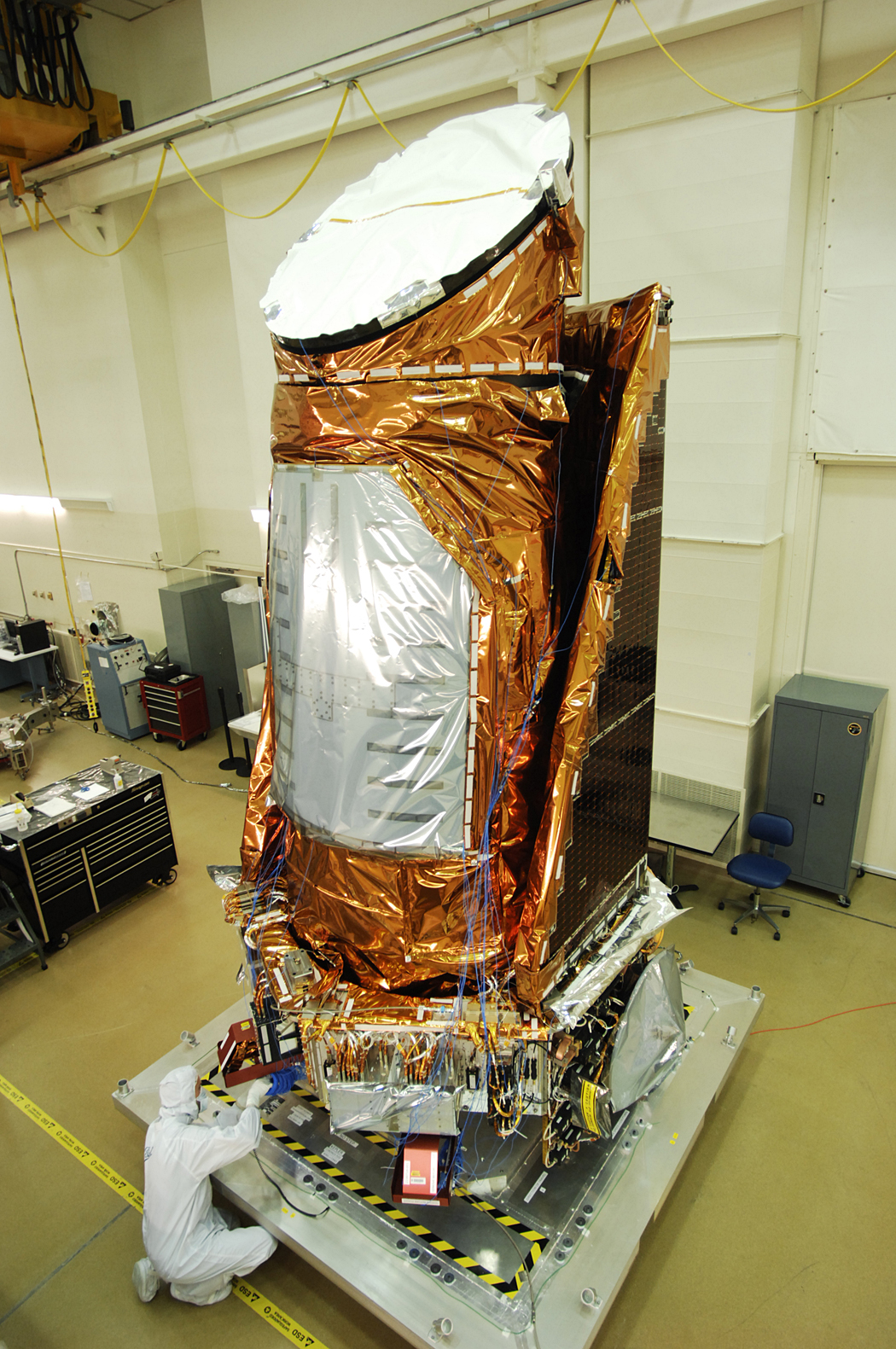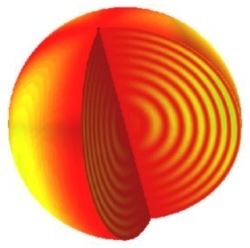 |
 |
I am an astrophysicist at the School of
Physics at the University of New South Wales where I am
heading the Stellar Oscillations Group.
To contact me see my contact details.
My main area of research is asteroseismology
-- the study of stars through the interpretation of their
oscillations -- which aims to understand stellar structure and
evolution.
In particular, my interest and expertise are within:
- Observation and interpretation of stellar oscillations
- Modelling stellar evolution and pulsation
- Solar-like oscillations
- Stellar clusters
- Red giant stars
- Automatic data analysis software
Dennis Stello's publications and
Resume/CV.
M67 open cluster
campaigns. I led a global multi-site observing campaign with
about a dozen telescopes in Australia, Asia, Africa, Europe,
North- and South America. The aim was to detect stellar
oscillations on a large number of stars that were all 'born' at
the same time out of the same cloud of interstellar gas. I was
part of the core team that re-observed the stars with NASA's K2
mission, and led the publication reporting the team's first
result.
| When you blow through a trumpet, plug the string of a guitar, or move your finger across the rim of the wine glass to make it ring, you are creating standing sound waves. These sound waves depend on the physical properties of the 'ringing' object, such as its size and shape, its temperature, and what it is made of. For example, a full wine glass with water sounds differently than when it is empty. If you play a trumpet at room temperature it sounds differently than if you had just taken it out of a freezer. And while a violin and a cello look very similar you will have no trouble telling which is which purely from the sound they produce. In a similar way astronomers can obtain knowledge about the interiors of stars, like their size, temperature, and internal structure by measuring the frequencies of the oscillations caused by standing sound waves inside the stars. This technique-- called Asteroseismology -- is analogue to 'Earth'-seismology where geologists measure sound waves in the Earth triggered by earthquakes to find out what the Earth's interior is made of. | ||
The oscillations in a star makes the star ring like a large spherical bell, with regions of compression and expansion as illustrated in the cartoon as yellow and red regions. Detecting the oscillations can be done by measuring the Doppler shift of the light from the surface of the star, which measures the speed by which the surface is literally moving in and out as the star oscillate (vibrate). The surface of a star like the Sun will only move in and out by about 100m with speeds of a few metres per second, roughly walking speed, while a more evolved star like a Red Giant will oscillate more vigorously with amplitudes 10 to 100 times larger. Another technique is to measure the brightness of the star as it changes due to the compression and expansion. These brightness variations are of the order of a few parts per million (less than 0.001%) for a Sun-like star, and about 0.01 to 0.1% for a Red Giant. It is truly amazing that these tiny oscillations in a star many light years away can be measured from Earth!
|
 Oscillating star (credit: DASC) |
|
Current students:
Madeline Howell (PhD: Monash University)
Claudia Reyes (PhD: University of New South Wales)
Sai Malla (PhD: University of New South Wales)
Tommy Lee (Hons: University of New South Wales)
Previous students:
Marc Hon (PhD: University of New South Wales) -> Now Hubble Fellow at University of Hawaii
Lauren Taylor (Hons: University of New South Wales) -> Now graduate at the Australian Defencec Force
Rudy Xu (Hons: University of New South Wales) -> Now in industry (Civil Engineering Consulting)
Doug Compton (PhD: University of Sydney) -> Now in industry (IT)
Joel Zinn (PhD: Ohio State University) -> Now Fellow at the American Museum of Natural History
Beau Bellamy (MSc: University of Sydney) -> Now in industry (Data Science)
Jason Drury (Hons+PhD: University of Sydney) -> Now in industry (Data Analysist)
Jacob Richter (Hons: University of Sydney) -> Now in industry (Software Engineering)
Julie Lykke (MSc: Aarhus University) -> Now in industry (Patent Attorney)
Enrico Corsaro (PhD: University of Catania) -> Now Faculty at
University of Catania, Italy
Timothy White (PhD: University of Sydney) -> Now a University of
Sydney Fellow
Daniel Huber (PhD: University of Sydney) -> Now Faculty at
University of Hawaii/USyd
Media and outreach:
- Ultrabass Sounds of the
Giant Star Xi Hya (April 2002).
The
first asteroseismic observation of a star very different
from the Sun.
ESO press release (ESO
PR
10/02).